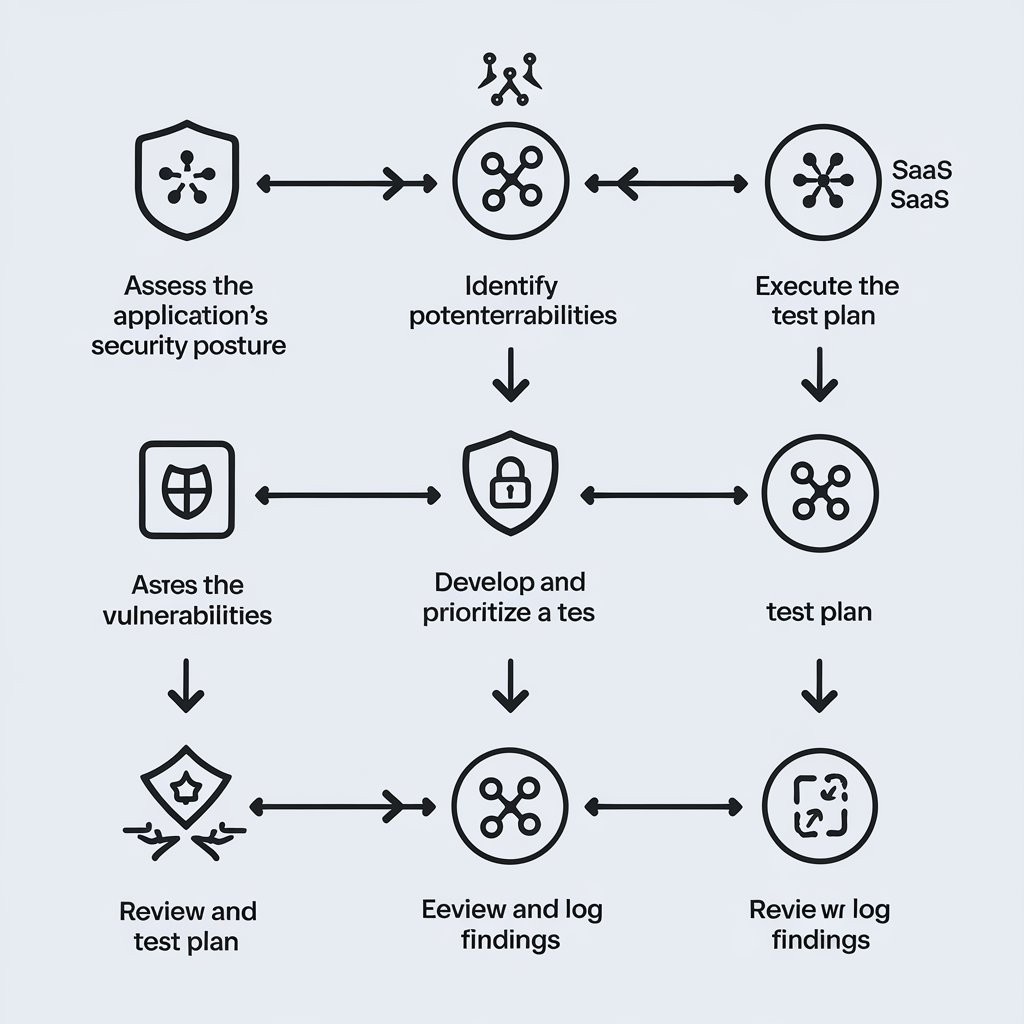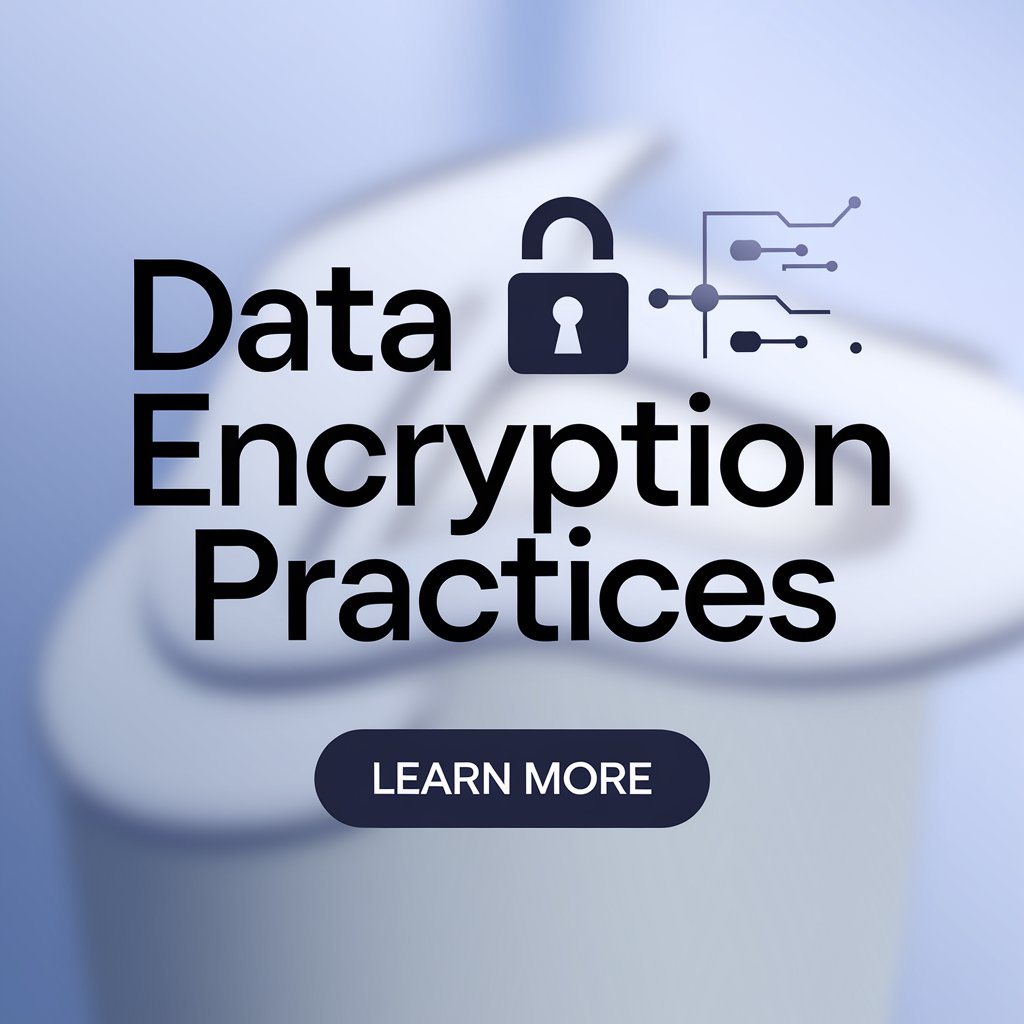ENG
10 Min Read
1. Develop a Comprehensive Incident Response Plan (IRP)
The foundation of any successful incident response is a well-documented plan. This plan should outline the steps to follow when a security breach occurs and ensure everyone knows their roles. Key components of an IRP include:
Incident Classification: Clearly define what constitutes a security incident (e.g., data breaches, malware infections, phishing attacks).
Roles and Responsibilities: Assign specific tasks to incident response team members, including IT staff, legal teams, and PR personnel.
Communication Protocols: Establish clear communication channels for internal stakeholders, customers, regulators, and the public, if necessary.
Response and Recovery Procedures: Detail the process for containing the incident, mitigating the damage, and restoring systems and operations.
2. Build an Incident Response Team (IRT)
Your incident response team should consist of a cross-functional group of professionals, including:
IT and Security Experts: Skilled personnel who can contain the breach, investigate its cause, and remediate affected systems.
Legal Advisors: Ensure that all actions comply with data protection laws and help with managing potential legal consequences.
Public Relations Experts: Responsible for managing external communications and preserving the organization’s reputation.
Compliance Officers: Ensure that the response complies with relevant regulations such as GDPR, HIPAA, or PCI DSS.
The team should train together regularly and be prepared for various types of incidents.
3. Detect and Identify the Incident Promptly
Effective incident detection is key to minimizing damage. This involves:
Real-time Monitoring: Use tools such as Security Information and Event Management (SIEM) systems, intrusion detection/prevention systems (IDS/IPS), and endpoint detection and response (EDR) solutions to monitor network traffic, user activity, and system behaviors for suspicious activity.
Automated Alerts: Set up automated alerts for abnormal activities such as unusual login attempts, file modifications, or unauthorized access.
Incident Categorization: Once an incident is detected, quickly categorize the severity level. This helps in prioritizing response actions and resource allocation.
4. Contain and Isolate the Incident
Once the incident is detected, the next step is to contain and isolate it to prevent further damage.
Isolate Affected Systems: Disconnect compromised systems or devices from the network to limit the spread of malware or unauthorized access.
Disable Compromised Accounts: Disable accounts or services suspected of being compromised to prevent attackers from escalating privileges or maintaining persistence.
Apply Temporary Workarounds: Implement quick fixes, such as blocking specific IP addresses or disabling remote access, to contain the incident while more permanent solutions are devised.
5. Eradicate the Root Cause
After containing the incident, it’s essential to eliminate the root cause to prevent recurrence. This involves:
Root Cause Analysis: Conduct a thorough investigation to understand how the incident occurred (e.g., phishing, vulnerability exploitation, or insider threat).
Remove Malicious Artifacts: Ensure that malware, backdoors, or compromised accounts are fully removed from all affected systems.
Patch Vulnerabilities: Address any vulnerabilities that were exploited during the attack by applying patches, updating software, and strengthening defenses.
6. Recover and Restore Systems
Once the threat has been contained and eradicated, the focus shifts to recovery. This step includes:
Restore from Backups: Ensure that data is restored from clean, uncompromised backups. Verify the integrity of backup data before restoring it to systems.
Rebuild Affected Systems: In some cases, it may be necessary to rebuild entire systems or networks from scratch to ensure that no malicious code remains.
Monitor for Re-infection: Continuously monitor affected systems for any signs of re-infection or further malicious activity during the recovery phase.
7. Communicate Effectively and Transparently
Clear, effective communication is crucial to maintaining trust with all stakeholders during and after a security incident.
Internal Communication: Ensure that your internal teams are aware of the incident, know the steps being taken, and understand their roles in resolving it.
External Communication: Depending on the nature and severity of the incident, inform affected parties such as customers, partners, and regulatory bodies in a timely and transparent manner.
Public Relations (PR) Strategy: If the incident becomes public, have a PR strategy ready. Be transparent about what happened, how it’s being addressed, and what steps are being taken to prevent future incidents.
8. Document the Incident
Throughout the incident response process, it's essential to document every step taken. This includes:
Incident Timeline: Record the timeline of events, from detection to resolution. This can be valuable for post-incident analysis and for meeting regulatory requirements.
Evidence Collection: Gather and preserve evidence such as logs, system snapshots, and network traffic captures. This is critical for legal and forensic investigations.
Post-Incident Review: Conduct a post-incident review meeting to evaluate how well the incident was handled, identify lessons learned, and improve your response plan.
9. Conduct a Post-Incident Review
After the incident has been resolved, conduct a thorough post-mortem to evaluate the effectiveness of your response.
Lessons Learned: Identify what worked well and what areas could be improved. Use this analysis to refine your IRP.
Update Security Measures: Review and update security measures and controls to prevent similar incidents from occurring in the future. This might include additional employee training, better network segmentation, or more advanced detection tools.
Strengthen the IRP: Based on the lessons learned, update your incident response plan and protocols for future incidents.
10. Continuous Improvement and Employee Training
Cyber threats are constantly evolving, so it's essential to continuously improve your incident response capabilities:
Regular Drills: Conduct regular security incident response drills (e.g., tabletop exercises) to ensure that your team is well-prepared.
Ongoing Training: Provide regular training and awareness programs for employees to help them recognize potential security threats like phishing attacks or social engineering scams.
Review and Update the IRP: Regularly review and update your incident response plan to ensure it aligns with current security threats, business needs, and regulatory requirements. audit3aa
Join our newsletter list
Sign up to get the most recent blog articles in your email every week.
You can copy our materials only after making sure that your services are safe.
This site is protected by reCAPTCHA and the Google Privacy Policy and Terms of Service apply.










